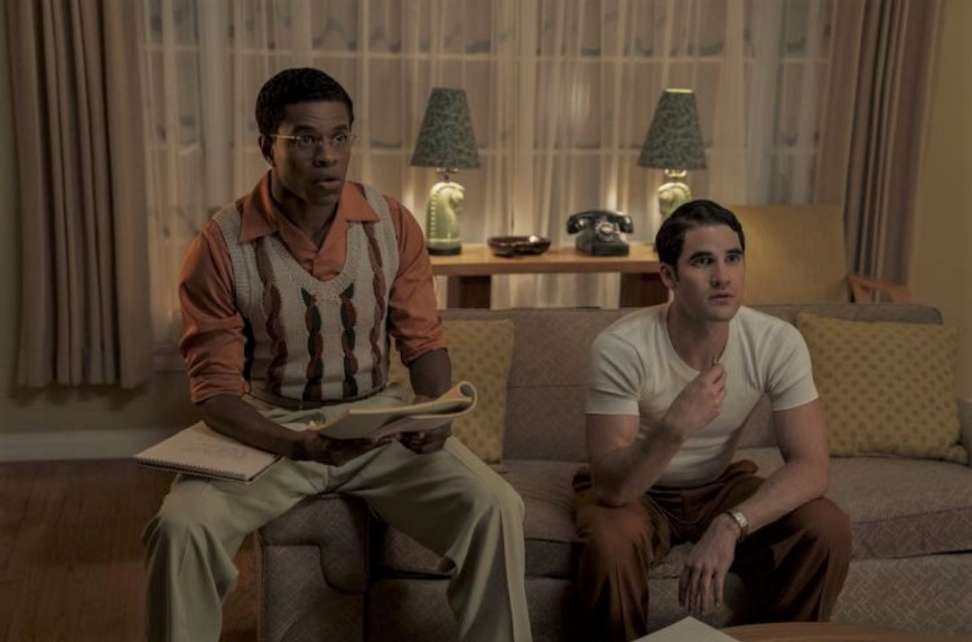

This signal does not appear to be a simple assessment of breast density but rather the detection of the abnormal gist may be based on a widely distributed image statistic, learned by experts. UNIZ OORTO GELD 100 QJXR COLONY 25 PQGV BLINK 101 APIR APARTMENT 26 YVYJ. Some signal is present in the portions of the parenchyma (breast tissue) that do not contain a lesion or that are in the contralateral breast. 3 N/A 3 3 2 3 3.00 JEREMY WEINSTEIN 5 5 4 2 4 N/A 5. risk of being undermined, in the blink of an eye, by Thursdays media reports. Moreover, above-chance classification is possible using images from the normal breast of a patient with overt signs of cancer only in the other breast. Post Weinstein, legions of powerful men have suffered the consequences of. Performance does not depend on detection of breaks in the normal symmetry of left and right breasts. Find Jeremys email address, mobile number, work history, and more. We show that the signal is stronger in the higher spatial frequencies. Jeremy Weinstein Founder, Technical Director San Francisco, California, United States View 5+ grow. View Jeremy Weinsteins business profile as Founder, Technical Director at Blinkk. What are the stimulus properties that might support this ability? We investigated the nature of the gist signal in four experiments by asking radiologists to make detection and localization responses about briefly presented mammograms in which the spatial frequency, symmetry, and/or size of the images was manipulated. Weinstein, Stanford University, California Date Published: October 2006 availability: Available format: Paperback isbn: 9780521677974 Rate & review 34. Stop me if you’ve heard this one: A philosopher, a computer. Comparative politics Look Inside Inside Rebellion The Politics of Insurgent Violence Part of Cambridge Studies in Comparative Politics Author: Jeremy M. By Rob Reich, Mehran Sahami and Jeremy M.

This pattern of results suggests that they are detecting a global signal of abnormality. Where Big Tech Went Wrong and How We Can Reboot. We have found that radiologists can discriminate normal from abnormal mammograms at above-chance levels after a half-second viewing ( d′ ∼ 1) but are at chance in localizing the abnormality. Humans are very adept at extracting the “gist” of a scene in a fraction of a second.


 0 kommentar(er)
0 kommentar(er)
